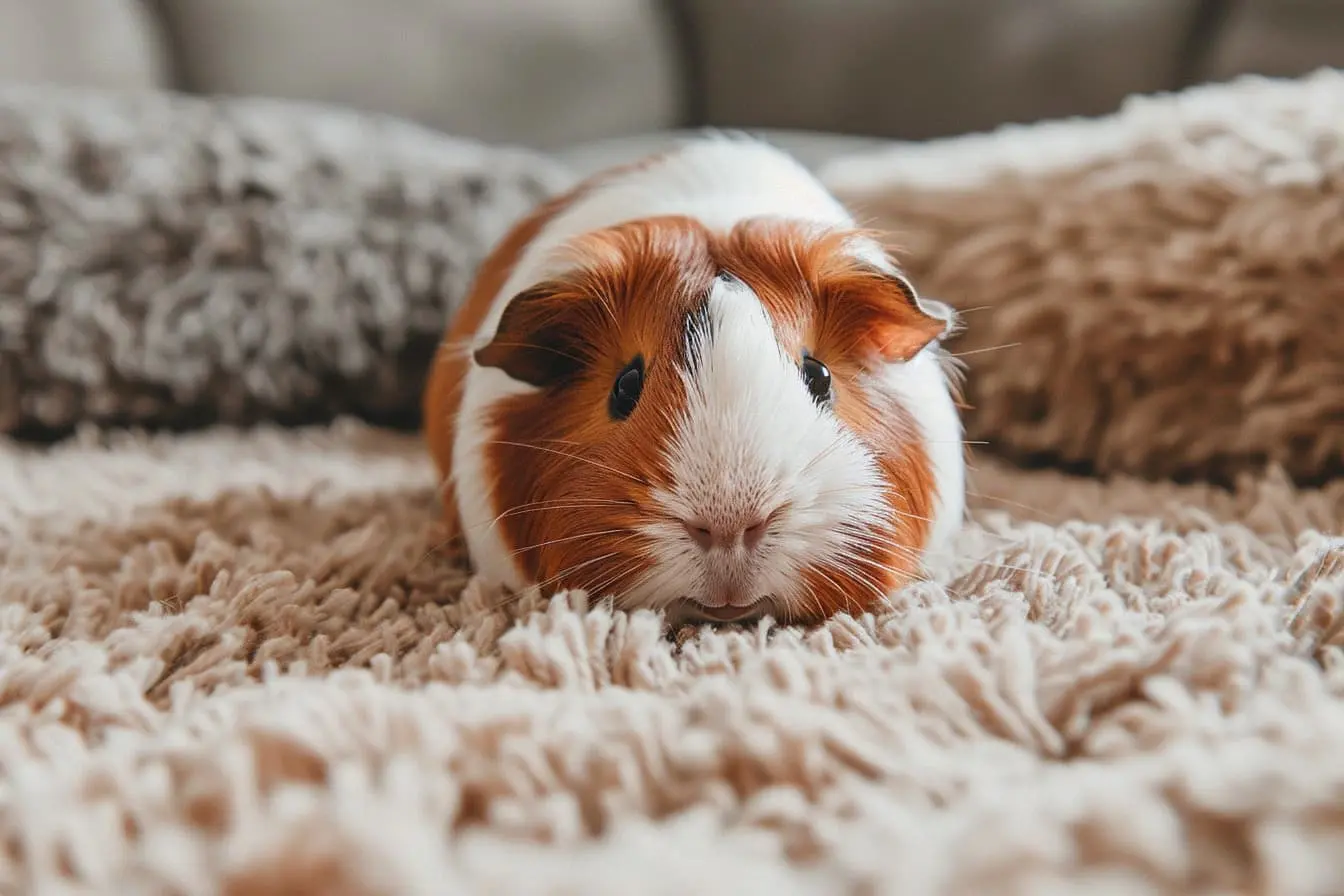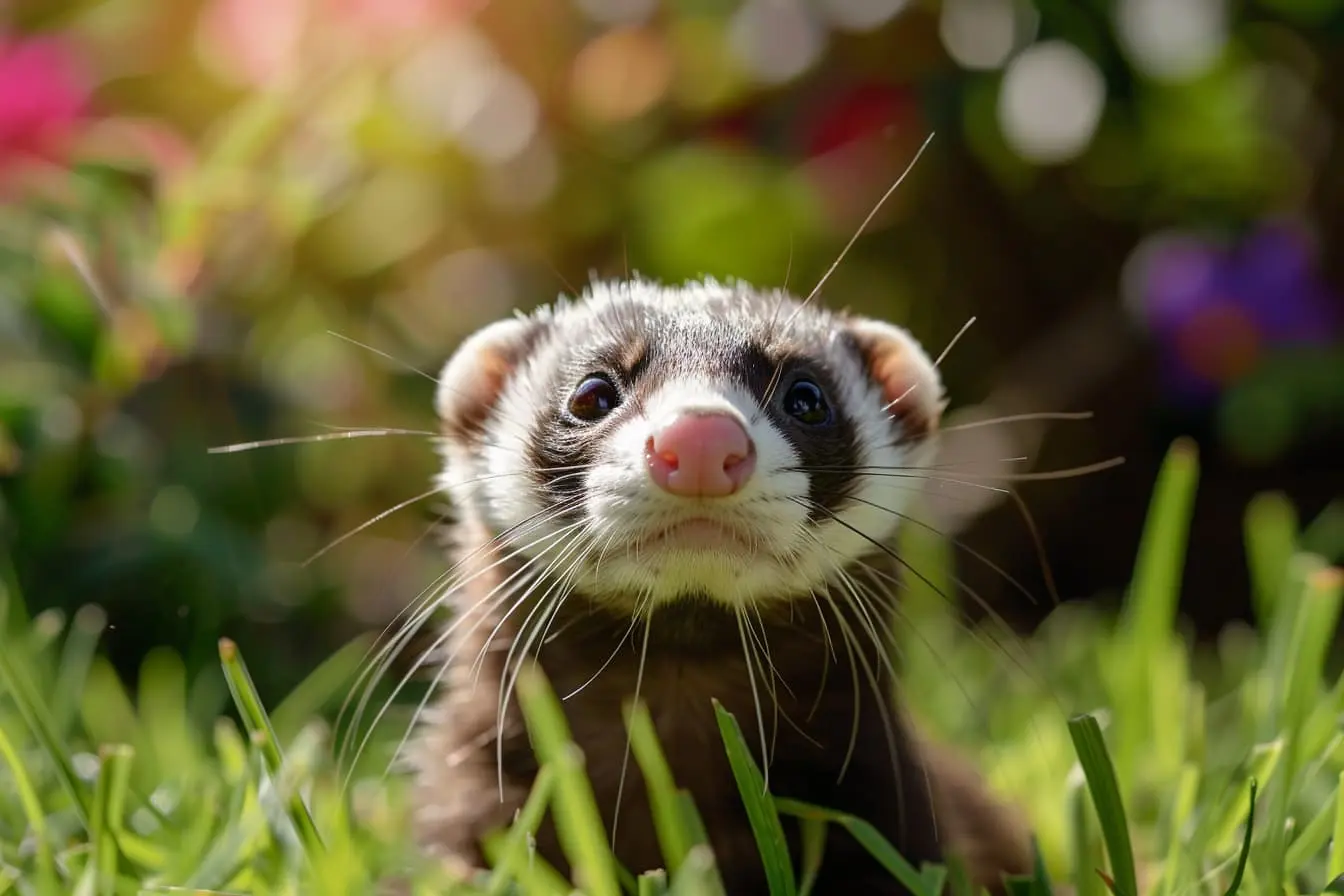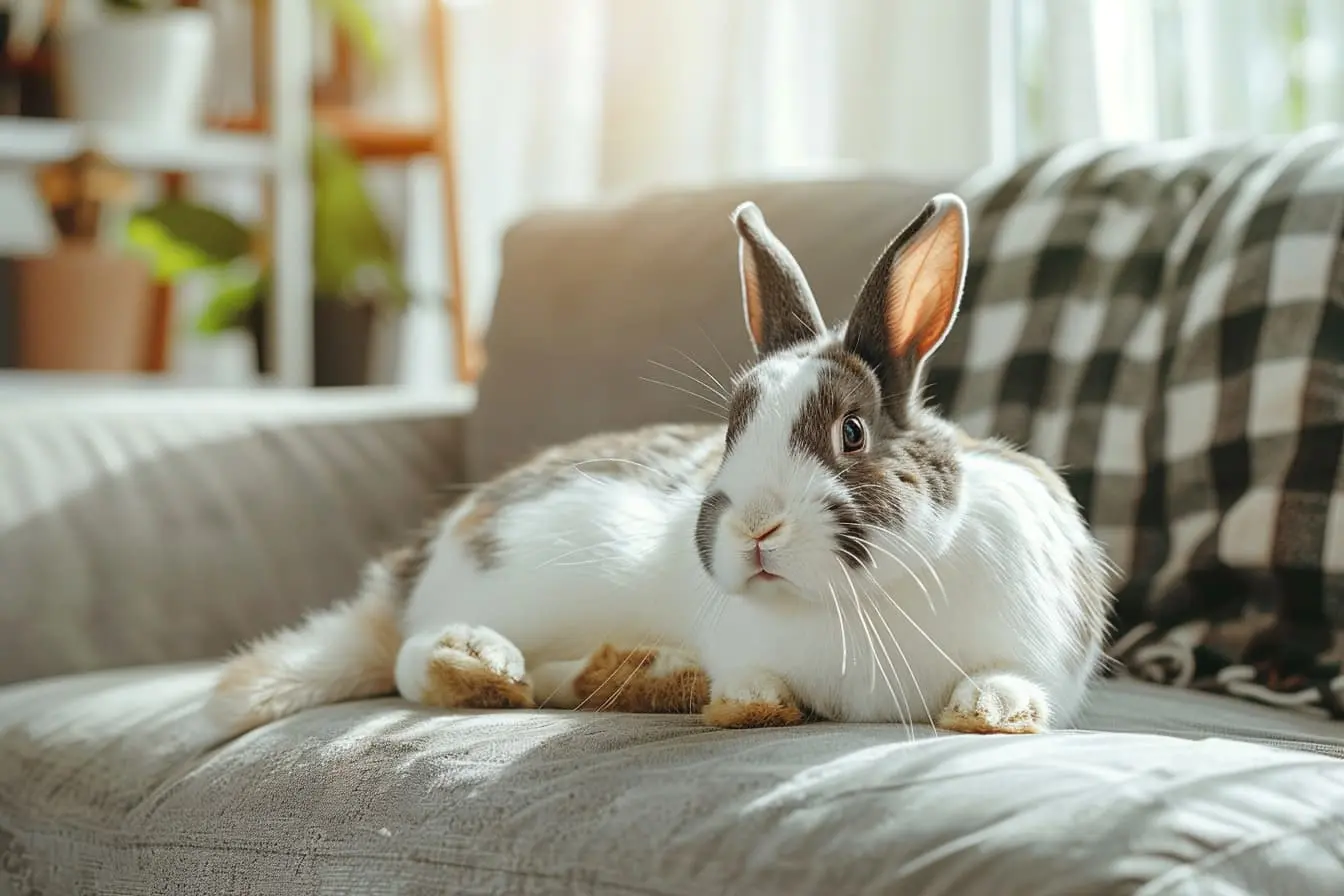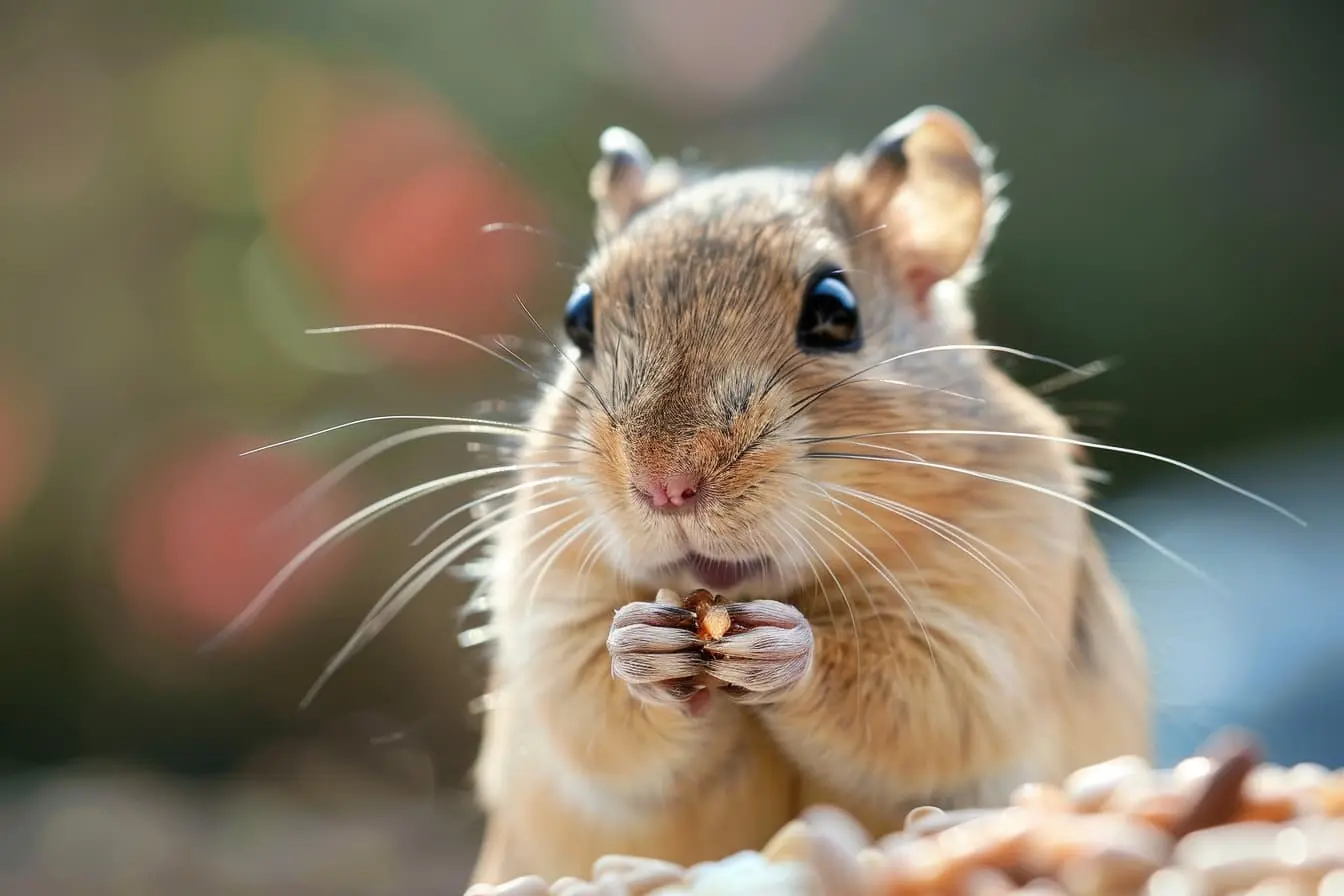
The Ultimate Guide to Guinea Pig Grooming for New Owners
Bringing a guinea pig into your home is a delightful experience, filled with joy and the beginning of a great companionship. For new pet owners, understanding the essentials of guinea pig grooming is vital for the health and happiness of your furry friend. This guide will cover everything you need to know to ensure your guinea pig is well-groomed, comfortable, and thriving.
Knowing Your Guinea Pig's Coat Type
Guinea pigs come in a variety of breeds, each with unique coat types ranging from short and smooth to long and luxurious. The first step in proper grooming is identifying your guinea pig's coat type, as this will determine the grooming care they require. Short-haired breeds need less frequent grooming, while long-haired breeds, such as the Peruvian or Sheltie, require daily attention to prevent matting and tangling.
Brushing Basics
Regular brushing is essential for all guinea pigs, not only to keep their coat clean and free of debris but also to minimise shedding and prevent hairballs, which can lead to digestive issues.
- Short-haired breeds can be brushed weekly with a soft brush to remove loose hair and stimulate the skin.
- Long-haired breeds may need daily brushing to prevent tangles and mats. Use a wide-toothed comb or a soft brush, starting at the ends of the hair and gently working your way up to avoid pulling.
The Importance of Nail Trimming
Like many small pets, guinea pigs’ nails grow continuously and can become overgrown if not trimmed regularly. Overgrown nails can cause discomfort and affect mobility. Trim your guinea pig's nails every few weeks with a pair of pet nail clippers, being careful to avoid the quick (the pink part containing blood vessels). If you're nervous about this, a vet can demonstrate the proper technique.
Bathing: Less Is More
Guinea pigs clean themselves and rarely require baths. In fact, bathing can be stressful and may strip their skin of natural oils. However, spot cleaning with a damp cloth can be done for dirty areas. If a bath is absolutely necessary (due to medical advice or severe soiling), use a shallow, warm water bath and a guinea pig-safe shampoo, ensuring not to wet the face or ears.
Cleaning Ears and Eyes
Check your guinea pig's ears and eyes regularly for signs of dirt, wax build-up, or discharge, which could indicate health issues. For cleaning, gently wipe the outer ear with a damp cloth. Avoid inserting anything into the ear canal. For the eyes, a soft, damp cloth can remove any crustiness or discharge.
Dental Care
Guinea pigs' teeth also grow continuously and need to be worn down through a diet rich in hay. However, it’s important to check their teeth regularly for overgrowth or misalignment. Providing wooden chew toys can also help maintain healthy teeth.
The Role of Diet in Grooming
A proper diet is essential for internal and external health. Ensure your guinea pig has unlimited access to high-quality hay, fresh vegetables, and a small amount of guinea pig pellets. This not only aids digestion but also promotes a healthy coat.
Final Thoughts
Grooming your guinea pig is an essential part of their care, promoting not just physical health but also emotional bonding between you and your pet. By incorporating these grooming practices into your routine, you ensure your guinea pig not only looks good but is healthy and happy. Remember, grooming should be a positive experience for both of you, so always be gentle, patient, and make it fun with plenty of treats and cuddles. With love and proper care, your guinea pig will thrive and be a joyful companion for years to come.
Vets near you
Speciality vets
- Aquatics vet specialists
- Birds vet specialists
- Camelids vet specialists
- Cats vet specialists
- Cattle vet specialists
- Deer vet specialists
- Dogs vet specialists
- Equines vet specialists
- Exotic vet specialists
- Goats vet specialists
- Pigs vet specialists
- Poultry vet specialists
- Sheep vet specialists
- Small Mammals vet specialists
- Wild vet specialists



